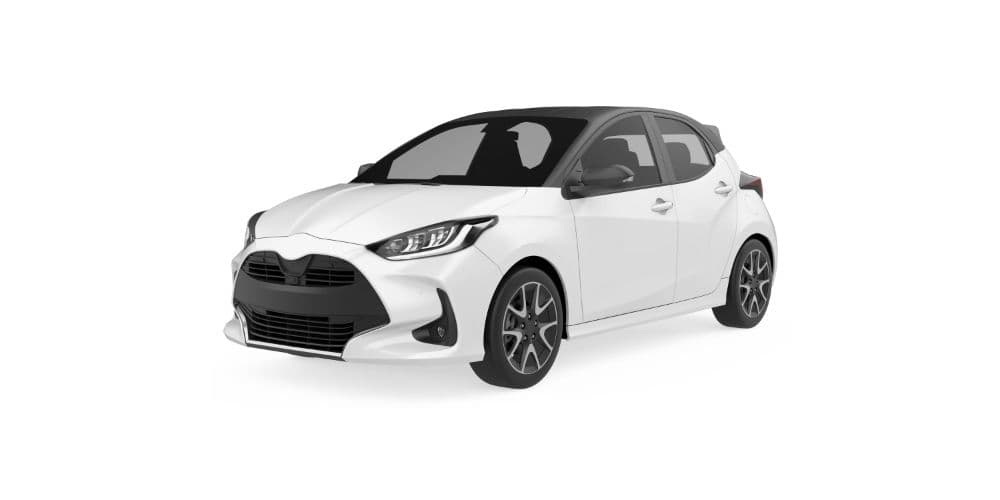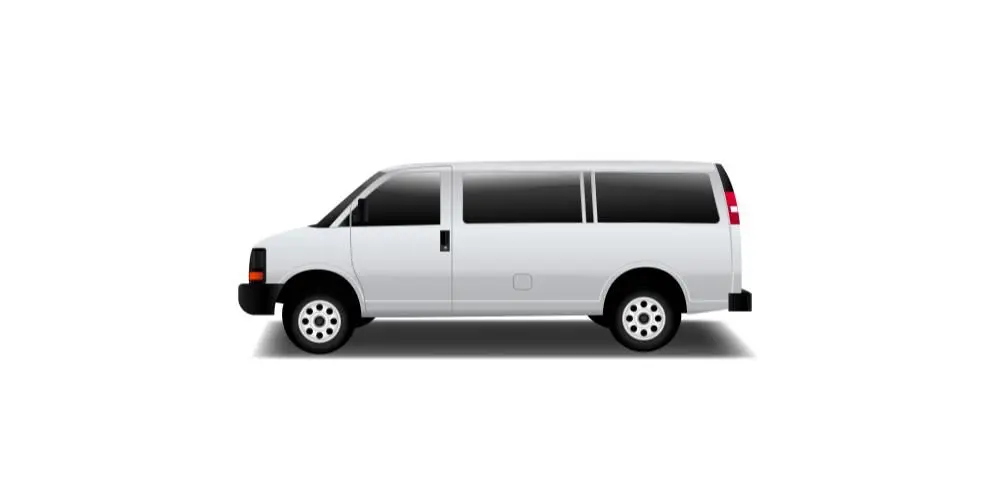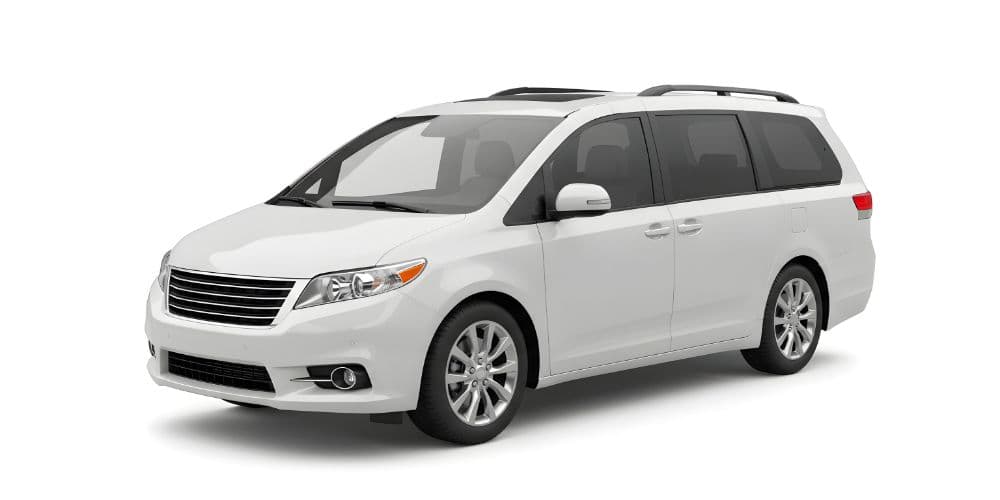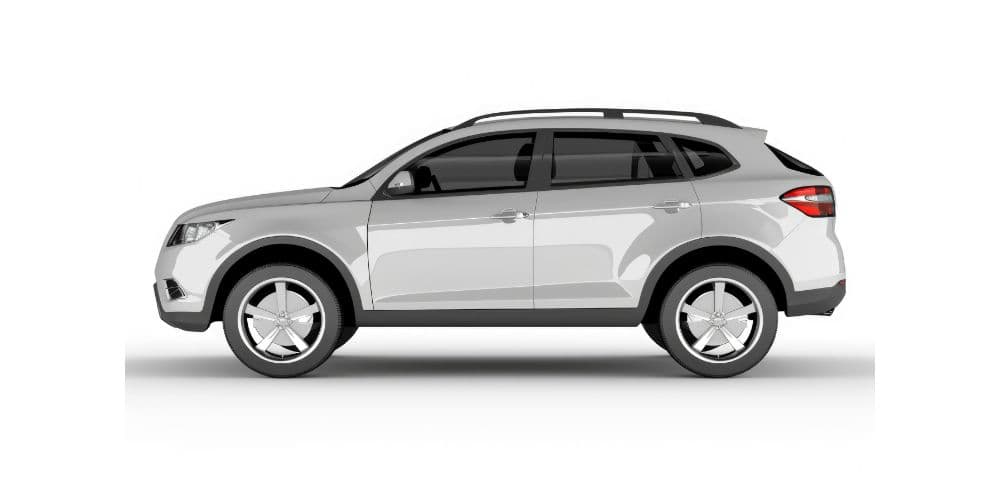
Hilo to Mauna Kea Stargazing Adventure Summit Stars & Cosmic Views
Trip Snapshot
- Distance/Time: ~55 miles round-trip (Hilo to Mauna Kea Visitor Information Station and back). ~1 hour each way drive (plus stargazing time at destination).
- Best Time: Go in late afternoon to catch sunset on the Saddle and stay into the night for stargazing. New moon nights (for darkest skies) are ideal, but any clear night offers incredible stars. Check that the Visitor Station is open (typically 9am-9pm daily).
- Ideal for: Astronomy enthusiasts, adventure seekers, photographers. (Not recommended for young children or those with respiratory/heart issues due to high altitude.)
- Route: Hilo → Saddle Road (Daniel K. Inouye Hwy) westward → Mauna Kea Access Road (mile marker 28) → Onizuka Center for International Astronomy Visitor Information Station (VIS) at 9,200 ft. (Note: Standard rental cars are allowed to VIS but not beyond summit access requires 4WD and is typically off-limits to rentals.)
- Highlights: Sweeping drive up the Saddle between Mauna Kea and Mauna Loa, sunset above the clouds, world-class stargazing at Mauna Kea Visitor Station (telescopes and guided star talks on certain nights), unrivaled views of the Milky Way, planets, and maybe a shooting star or two.
Route Overview
The journey starts from Hilo in the late afternoon. Head up Kaumana Drive which becomes Saddle Road (Highway 200), the cross-island highway connecting east and west. As you leave sea-level Hilo, you’ll begin a steady ascent. Lush hamlets quickly fade into open ranchlands dotted with grazing cows. Notice the air cooling and the landscape changing rolling grassy hills with views of Mauna Kea’s majestic silhouette on your right and Mauna Loa’s bulk on your left. The Saddle Road is now a modern, well-paved highway (gone are its old winding, bumpy days), so the drive is smooth and fast.
About 35 minutes in (around mile marker 28), turn right onto Mauna Kea Access Road. This is a well-marked intersection with signs for the Mauna Kea Visitor Information Station. Immediately, the road climbs steeply. You’ll drive through an otherworldly landscape of lava flows and mists. Often you break through the cloud layer around 6,000–7,000 feet suddenly emerging into clear skies and golden late-day sun. It’s a spectacular moment: looking in your rearview, you might see a blanket of clouds below stretching back toward Hilo and the ocean.
As you continue up, you may notice your ears popping by the time you reach the Mauna Kea Visitor Information Station (VIS) at 9,200 feet, you’ve ascended nearly 2 vertical miles from Hilo! The VIS, also called the Onizuka Center for International Astronomy, appears as a cluster of buildings and a parking lot on the mountainside. Plan to arrive by sunset. Before the stars emerge, take in the dusk view: the shadow of Mauna Kea often casts a pyramid shape across the atmosphere, and on a clear evening you might see Maui’s Haleakalā on the horizon. Temperatures here drop sharply after sundown (even if it was 80°F in Hilo, it could be in the 40s °F now, or lower in winter). Put on those warm layers, hats, and gloves.
As darkness falls, the real magic begins. Mauna Kea is one of the best stargazing sites on Earth the air is thin, dry, and above much of the cloud cover and light pollution. Soon, a dazzling canopy of stars blankets the sky. It’s honestly hard to describe your first view: constellations pop out with crystal clarity, the Milky Way stretches overhead like a silvery river, and you’ll likely see planets shining steady and bright. The dense star field might even reveal a bit of why Hawaiians named Mauna Kea “Mauna o Wakea” (Mountain of the Sky Father). At the Visitor Station, on certain nights, rangers or volunteers set up telescopes on the patio for public viewing. You might get to see the rings of Saturn, moons of Jupiter, or craters of the Moon up close. They often give a free star talk, using lasers to point out constellations and sharing Hawaiian star lore as well as modern astronomy facts. Imagine sipping hot cocoa (they sometimes sell warm drinks in the little shop) while gazing through a telescope at distant galaxies it’s a surreal and enlightening experience.
Take it slow and easy while at altitude. Some visitors feel the thin air shortness of breath or a mild headache. The VIS is at 9,200 ft, which is high enough that you should limit vigorous activity. Drink water (bring a reusable bottle; water is available inside), and listen to your body. If feeling lightheaded, rest or descend. Most people are fine with just mild effects, but it’s wise to spend at least 30 minutes at the VIS before considering going higher (however, as a visitor in a standard vehicle, you won’t be driving to the summit that road beyond VIS is 4WD only and off-limits to rental cars, plus often closed at night). The summit (13,796 ft) is another world with observatories, but you’ll need a tour or special 4x4 permission to go up there. Thankfully, you don’t need the summit for amazing stargazing in fact, you’ll see stars just as brilliantly at the VIS with the naked eye.
When you’ve had your fill of the cosmos (or perhaps start feeling sleepy from the thin air), it’s time to head back. Driving down Mauna Kea Access Road in the dark requires caution use low gear for braking (save your brakes on the steep grade), and watch for occasional nēnē geese (Hawaii’s state bird) that sometimes wander near the road. Once you rejoin Saddle Road, the drive back to Hilo will seem quick. You’ll descend into the clouds and humidity, and city lights will reappear. By the time you’re back at sea level, it might feel like the surreal cold starry world of Mauna Kea was a dream but one you’ll never forget.
Top Stops & Experiences (with Official Links)
- Scenic Saddle Road Drive: The journey is half the fun. As you drive the Daniel K. Inouye Highway (Saddle Road), take in views of Mauna Kea and Mauna Loa looming on either side. There are a few scenic pullouts one near mile 28 gives a great panorama (weather permitting). On clear days, you might even see Mauna Kea’s observatories glinting at the summit from afar. Keep an eye out for the Army’s Pōhakuloa Training Area lands (stay on the road, no stopping in restricted zones). It’s common to see a dramatic sunset here if you time it right, with the sky turning pink over cinder cones and pastureland.
- Mauna Kea Visitor Information Station (Onizuka Center): Main gathering point at 9,200 ft. Features include an information center, gift shop (“First Light” bookstore), restrooms, and a large parking area. Outside, there’s a patio area where nightly stargazing programs take place. Rangers/astronomy guides often give free presentations and laser-guided star tours. On clear nights, multiple telescopes are set up for public use. This is your chance to see celestial objects up close and learn from experts. (Official site: UH Hilo Maunakea Visitor Information Station)
- Stargazing and Night Sky: The stars are the star here! Experience jaw-dropping views of the Milky Way band, usually visible as an arc across the sky in months when the moon is not too bright. You’ll see constellations like Orion, Scorpio, the Southern Cross (in season), and more, with unaided eyes. With binoculars or the VIS telescopes, you can find star clusters, nebulae, even galaxies. The VIS staff sometimes arrange special events during meteor showers (e.g. Perseids in August) where you can see numerous shooting stars if you’re lucky. Check the Maunakea Visitor Station website or Facebook for any scheduled programming often, Tuesday, Wednesday, Friday, and Saturday had guided stargazing (this can change) so verify the current schedule.
- Summit (Guided Tours or Daytime Trip): While not accessible on your own at night, some visitors do a separate guided tour to the Mauna Kea summit (13,796 ft) at sunset. These tours depart earlier in the afternoon and provide telescopes at the summit. If you’re keen on standing among the big observatories like Keck and Subaru, consider booking a tour (they usually include parka jackets and dinner or hot drinks). However, even without summiting, the Visitor Station offers 90% of the stargazing quality without the extreme altitude issues. (If you drive up on your own in daytime, heed the 4WD-only rule above VIS. Most rental contracts forbid driving past the Visitor Station and for good reason, as the unpaved summit road is very steep and can be dangerous without 4WD.)
Where to Eat & Stay
- Dinner in Hilo (Before or After): Plan to eat an early dinner in Hilo or bring take-out food with you. There are no food vendors at night up on Mauna Kea (the VIS has a small shop with snacks like instant noodles, granola bars, etc., but no cafe). Good Hilo options before your trip: Ken’s House of Pancakes a local 24/7 diner (famous for huge menu of comfort food) which is open until 9pm now perfect for fueling up on loco moco or stew. Or grab takeout fish & chips from Pineapple’s or bento boxes from KTA Supermarket. After stargazing, if you’re hungry late (and it’s before 9-10pm), Ken’s is a go-to for a hot cocoa and late snack upon return.
- On-Mountain Facilities: The Visitor Station has picnic tables and benches outside. Many people bring their own thermos of hot beverage and sandwiches to enjoy at the pavilion while waiting for stars. If you’re really planning ahead, pick up some hot malasadas in Hilo and they’ll still be somewhat warm by sunset a sweet treat at altitude! Keep food sealed and watch out for curious nēnē geese (don’t feed them, it’s illegal).
- Staying Overnight: There is no lodging at the Visitor Station (no one is allowed to stay there overnight). Most will return to Hilo (1 hour drive). If you want to split the trip, you could stay at accommodation in Waimea (Kamuela) or Volcano, but that’s out of the way. An interesting nearby option: Mauna Kea Highland Camp (if open) sometimes allows camping near the VIS, but that’s for hardy folks with permits. Generally, plan to stargaze and then drive back to your hotel in Hilo or Kona. If you’re too tired or affected by altitude, it’s perfectly fine to rest in your car at the VIS for a bit before descending just don’t drive drowsy.
Practical Tips
- Altitude Caution: At 9,200 ft, the air has about 70% of the oxygen you have at sea level. Altitude sickness is a real consideration. Common symptoms include headache, dizziness, or nausea. To minimize risk, spend at least 30 minutes at the Visitor Station before any further ascent (though summit access requires a tour or 4WD). Do not go if you have serious heart or lung conditions, and pregnant individuals or children under 13 are advised not to go above VIS. If you feel ill, descend immediately even driving down 1-2 thousand feet can help. Also, hydrate well (carry water bottles) and avoid alcohol on the day of your trip.
- Warm Clothing: It is extremely cold on Mauna Kea at night. Even at the Visitor Station, temperatures can drop near freezing (30s-40s °F) and often windy. Bring layers: think winter clothing (beanie, gloves, thick socks, jacket). You can always remove layers if you’re warm, but often people underestimate and end up shivering early. Remember, there might even be snow on Mauna Kea in winter it’s that cold. The wind chill can make it feel below freezing. Dress accordingly so you can comfortably enjoy the stars.
- Check Weather & Hours: Before heading up, check the Mauna Kea Weather Center or call the VIS hotline. The Visitor Station can close unexpectedly for severe weather (high winds, icy roads, snow storms). In fact, the Mauna Kea Access Road is sometimes closed nightly if conditions are dangerous. Don’t attempt to go if it’s closed respect all closure signs (rangers enforce this). Typically, if winds are over ~50 mph or there’s ice, they shut it down. Also verify VIS hours; currently 9am-9pm daily, but arrive by sunset for best experience.
- Driving Tips: The Saddle Road portion is easy highway driving just be mindful of occasional heavy rain or fog in the Saddle. The Access Road to Mauna Kea is steep; ascend in a lower gear if needed and absolutely use low gear when descending to avoid overheated brakes. Most rental cars can reach the Visitor Station fine, but it’s wise to check your rental agreement a few companies may restrict Saddle Road or the Access Road (though that’s now rare since Saddle is improved). Ensure your gas tank is at least half-full; there are no gas stations on Saddle Road. Fill up in Hilo or at Hilltop 76 gas station near the Saddle Road turn-off.
- Eyes Adaptation: When you arrive at the VIS and darkness falls, try to minimize white light use. Switch your flashlight to a red light (or cover with red cellophane) the rangers often request this, as white lights ruin night vision for everyone. Give your eyes ~20 minutes to adjust to the darkness; you’ll notice many more stars come into view. Also, if you have binoculars, bring them! Even small binoculars will reveal craters on the moon or moons of Jupiter. Telescopes are there, but there might be lines for a peek on busy nights.
- Facilities: Restrooms are available at the Visitor Station (you’ll be glad, after that long drive!). No running water in bathrooms (they are vault toilets due to freezing temps), but hand sanitizer is provided. The VIS sells hot drinks, cup noodles, and some snacks bring cash or card (hours for the shop might be limited at night). There is also a Mauna Kea Rangers station if you have any problems, these folks are trained first responders for altitude issues.
- Respect Cultural Significance: Mauna Kea is sacred to Native Hawaiian culture. While stargazing, remember you’re a guest on a revered mountain. Be respectful: keep noise down (joyful chatter is fine but avoid loud music or shouting). Do not wander off established areas; not only for safety/environmental reasons but also out of respect. There are kapu (forbidden) areas you should not disturb. Treat the mountain’s tranquility with reverence many locals come up just to quietly commune with the heavens.
- Photography: If you’re into astrophotography, Mauna Kea is paradise. Bring a tripod. You can capture the Milky Way gloriously. Use a fast wide-angle lens if you have one, and experiment with 15-30 second exposures at high ISO. But even smartphone cameras now have “night modes” you might get decent star shots by bracing your phone on a steady surface. Pro tip: include a silhouette of observatories or cinder cones against the starry sky for context. But also, don’t spend the whole time behind a camera let yourself feel the wonder directly through your eyes.
Rentals & Logistics
This trip is unique because of the altitude and nighttime driving. Choose a vehicle that you’re comfortable driving in the dark on mountain roads. Many prefer a car with strong headlights (LED headlights or high beams are useful on the Saddle, where it can be pitch black at night). A larger vehicle (SUV) can be good for passenger comfort at altitude (more space to stretch, which can help some folks with breathing), but even a compact will do. Just ensure the brakes are in good shape (listen for squeaks, test them on the way up) you’ll rely on them coming downhill.
Make sure you have a full tank of gas leaving Hilo. No services on route except a Shell station in Mountain View (outskirts of Hilo) or in Waimea on the far side (not on your path if returning to Hilo).
Timing: Depart Hilo ~2 hours before sunset if you want to comfortably reach the VIS by dusk. This allows for traffic, a brief stop to acclimate lower if needed, and finding parking. After stargazing, you might be coming down at 9 or 10pm. Drive cautiously; you might encounter wild animals on Saddle Road at night (feral pigs, goats, or even cows if fences are breached). Speeds: obey the Saddle Road limit (60 mph in places) and go slower if visibility is low (fog sometimes drifts at night).
If you’re concerned about driving back late, you could consider staying in Waimea town that night (about 40 min from the VIS) instead of Hilo, to shorten the post-stargazing drive. Waimea has accommodations like the Kamuela Inn.
Finally, treat your rental car kindly at altitude: engines lose some power in thin air, so don’t floor it take it easy. And when you return it, you’ll likely bring a bit of Mauna Kea dust with you (vehicles tend to get dusty from parking lot gravel). A quick rinse might be nice if you have time, but not required.
Reserve the perfect vehicle: This adventure warrants a reliable set of wheels whether it’s a comfy sedan for the long haul, or an SUV with a sunroof to peek at stars from the parking lot. Book ahead for peace of mind, and consider renting a portable Wi-Fi or GPS if you want to check star maps or have emergency comms (cell signal at VIS is spotty, but you can sometimes catch a bar or two). With the right vehicle ready to go, you’ll be set to traverse from sea to sky, literally. So gear up, bundle up, and get ready to be starstruck your Mauna Kea road trip will be one for the books (and the galaxies)!
Our Most Popular Vehicles



